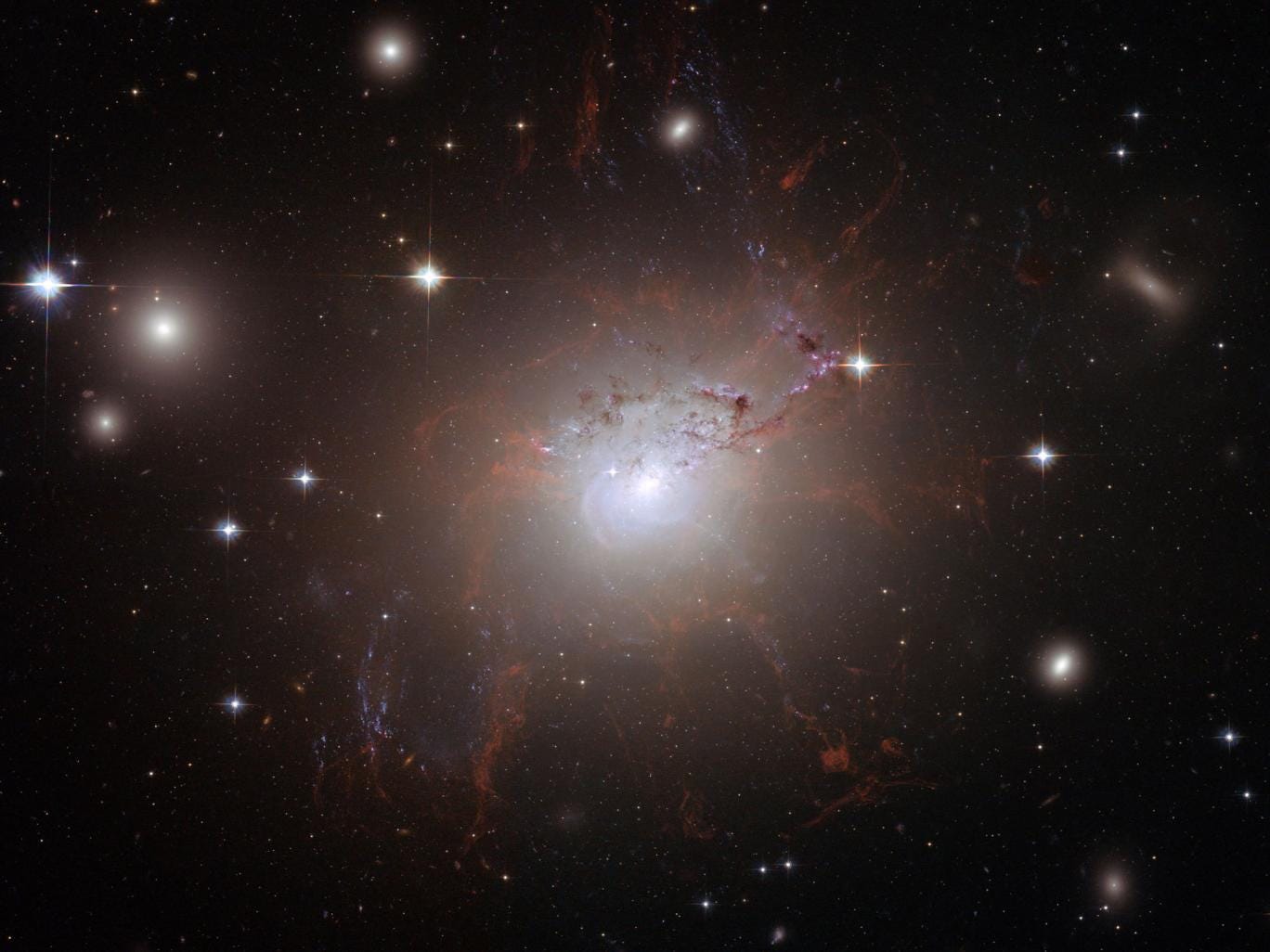
Billions pass through each one of us every second and for more than half a century, scientists thought they must be without any mass — how else to explain why they are so elusive?
The fact they they showed beyond doubt that neutrinos can and do oscillate in this way between two states also proved that they have a mass, however small that may be. The next big question is how big is this mass?
This year’s Nobel prize in physics goes to two scientists whose work contributed to the realisation that neutrinos — one of the fundamental sub-atomic particles — are not weightless but have mass.
The research, by Takaaki Kajita in Japan and Arthur McDonald in Canada at the start of the millennium, meant that these elusive particles could finally be placed within the known rules of physics.
Neutrinos are the second most abundant sub-atomic particle in the Universe — after the truly massless photons produced by the Sun and other stars. They are produced in the core of stars as well as in the interactions of cosmic rays in space, and in the atmosphere.
Neutrinos are so non-reactive, they pass straight through solid objects such as planets. Billions pass through each one of us every second, and for more than half a century, scientists thought they must be without any mass — how else to explain why they are so elusive?
However, Kajita and McDonald, working independently of one another using different kinds of neutrino detectors, discovered that neutrinos can change or oscillate between one of three different kinds of flavours — known as electron, muon and tau neutrino.
As the Nobel committee said: The discovery has changed our understanding of the innermost workings of matter and can prove crucial to our view of the Universe.
In a series of beautiful experiments they showed that one flavour of neutrino can metamorphose into another under the rule of quantum physics, which says that extremely small particles can act weirdly by being in two states at one time.
The fact they they showed beyond doubt that neutrinos can and do oscillate in this way between two states also proved that they have a mass, however small that may be. The next big question is how big is this mass?
The answer is that it must be about a million times lighter than an electron, but an exact measure of a neutrinos mass is now the subject of several research projects around the world using extremely sensitive equipment for detecting that rare moment when a passing neutrino interacts with matter, such as a molecule of heavy water contain the hydrogen isotope deuterium.
See full story on independent.co.uk

